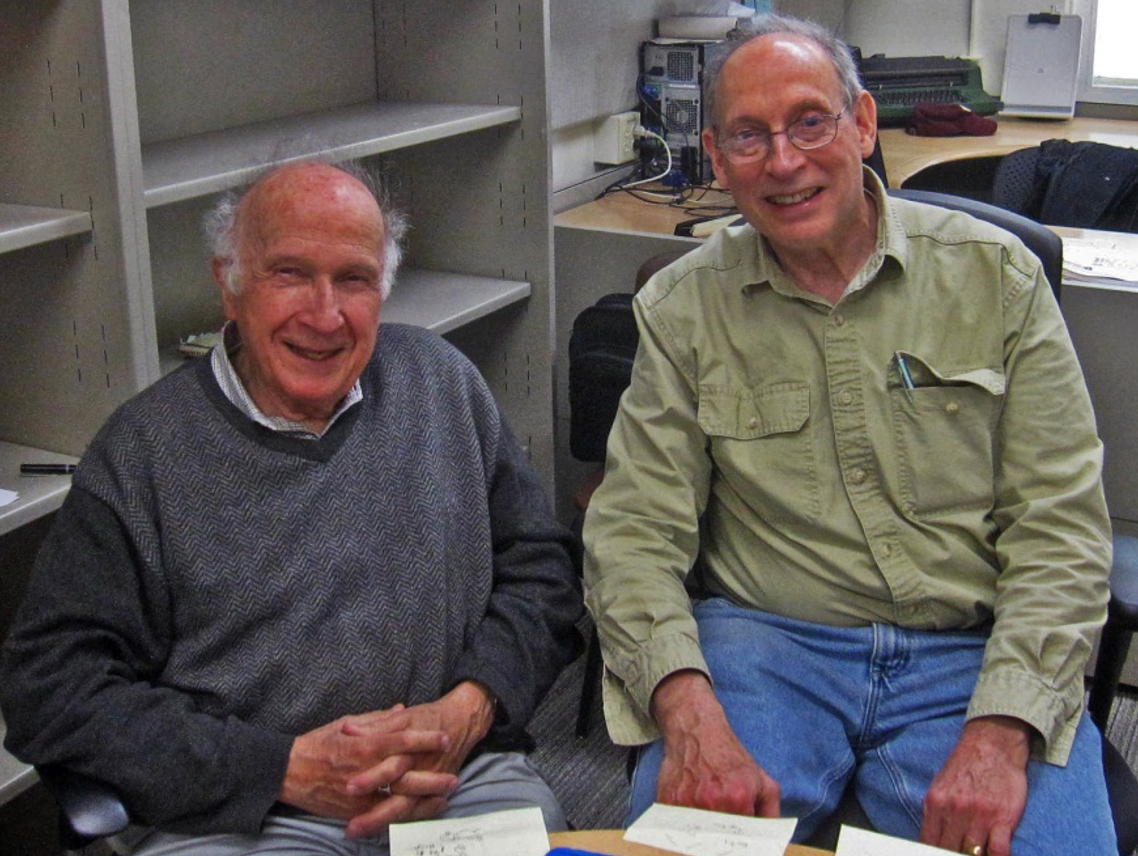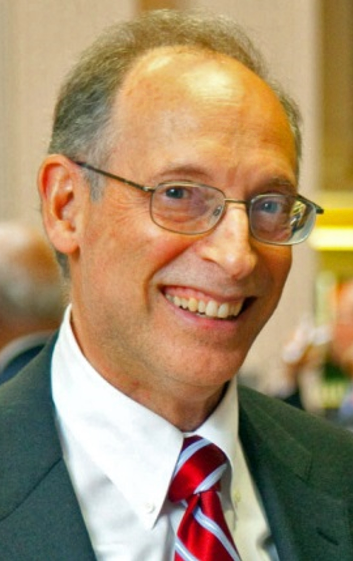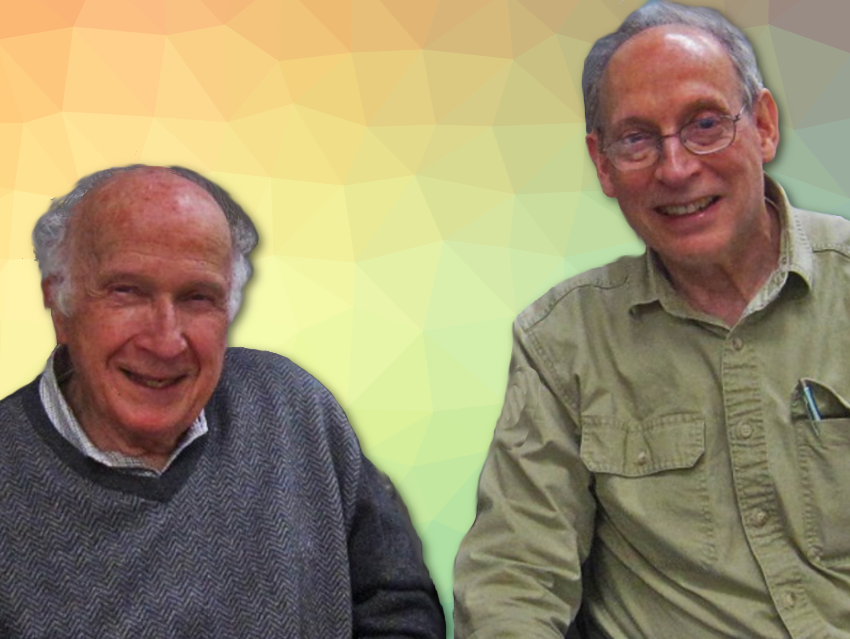Similarities and Differences
I have recently discussed many of the similarities of doing chemical research compared to doing research in the history of chemistry [1]. For starters, in both disciplines, there are the long hours of research and often many months or even years before a project is completed and a publication is written, peer-reviewed, and published. And, of course, not all projects are successful. There also can be the exhilaration of discovery; the joy of sharing one’s results and ideas; the thrill of thinking deeply and critically, of challenging oneself to the maximum, then flexing one’s mind in the presence of one’s peers; and the pleasure and deep satisfaction of collaborating with others.
All of that can be had as a researcher in both chemistry and in history of chemistry. I know, because I have worked in both fields and felt all these emotions twice over.
Interrogating Research Subjects
But there are differences as well. Beyond the obvious – the subject matter (reflecting on the past instead of producing the future), the professional meetings (or technical division sessions) one attends, the funding mechanisms, the professional positions one may occupy – one of the greatest differences is rarely, if ever, discussed. That is the manner in which one interacts with the subjects of one’s research. Historians of chemistry interrogate chemists and their research program. Research chemists interrogate their molecules.
William G. Dauben, my Ph.D. advisor at UC Berkeley, USA, was fond of saying that compounds have their very own personalities, and it was up to us to learn all about them. So, over the years, I became great friends with 1,3-cyclohexadiene (in graduate school); 1-methyl-2-(3-pyridyl)pyrrolidine, otherwise known as nicotine, (in my industrial career); and quinine, strychnine, and pericyclic reactions (in my history of chemistry studies). I have learned these compounds’ and reactions’ behaviors, got to know their friends and their potential. One can interact with and interrogate one’s compounds, either by examining their chemistry or physical properties or by performing high-level theoretical calculations on them under varying conditions. I often could predict their behaviors if I perturbed them, what they would ‘say and do’ under various conditions. They became such close friends that they never have left me completely. I can see them still. Perhaps you also can see many of your molecular friends, past and present.
Historians of modern chemistry can also interact with and interrogate their research subjects. (This is a research opportunity that historians of pre-1950s science do not have. Indeed, most historians of chemistry study pre-1880s chemistry, so they are limited to the documents that remain from those days.) For historians of the modern era of chemistry, the ability to actually interview, exchange emails, talk with, and even meet with those being studied presents almost unlimited research and personal potential. Why “almost unlimited”? Herein lies the rub, the challenge.
In principle, an interviewer can ask any question under the sun. On the other hand, the interviewee may not be 100 % responsive or honest, intentionally or otherwise. Furthermore, any conscious or subconscious reticence by the interviewer to ask certain questions or by the interviewee to respond to certain questions may be totally appropriate. But without asking, one is unlikely even to know or to learn.
Own Experiences
My own experiences as an editor of various history-of-chemistry projects and as a historian of chemistry have, for the most part, been excellent. I always have been proactive. As an editor, my motto is “to be the servant of one’s authors.” As a historian of chemistry, my motto is “to identify and serve the customers of my work (mostly my fellow chemists) and to document and preserve the heritage of chemistry.”
It is easy to be successful when everything is going well, when authors or interviewees are 100 % responsive. I will say that I usually am encouraged by the responses of those I have interviewed. Roald Hoffmann is the King of my interviewees. To the thousands of questions I have asked him over the past 15 years, he has, without exception, provided full responses. On rare exceptions, I think twice before I hit the e-mail “send” button to Roald, wondering if I am crossing a boundary of his; whether I’ve pushed too much. And always Roald has responded without any sign of displeasure, though sometimes the response is “in confidence.”
It takes fortitude, flexibility, commitment, and trust when things are not proceeding smoothly. Like the time Vladimir Prelog calmly but pointedly said to me, “Whose book is this anyhow, mine or yours?” He was referring to his draft manuscript for his autobiography [2]. Or when Gordon Stone wrote to me, partway through the writing of his autobiography, “I wish I had never heard of you.” Or when Elizabeth Eschenmoser said of me, “Dr. Seeman, you are a dangerous man.”
Upon reflection, I now understand my strategy of pushing the boundaries – softly but steadily. And I allow, even encourage, others to push my boundaries. Especially my collaborators.
As for Prelog and Stone, well, you can read their autobiographies and judge for yourself [2,3]. I will say that all’s well that ends well. Our friendships formed and deepened with time. As for Mrs. Eschenmoser, I keep confidences very carefully and reliably, no exceptions, so perhaps she now feels I am not so dangerous after all. You can ask her!
After reading an advanced draft of this mini-essay, Hoffmann pointed out that conversations with a living person do not guarantee accuracy. “We have examples around political figures and artists,” Hoffmann said. “It would be interesting to reflect if, on balance, a biographer of a living person has an advantage or not. It may depend on the personality of the biographer.”

Figure 1. Roald Hoffmann (left) and Jeff Seeman, Cornell University, 2015. Photograph courtesy Leah McEwen.
All Chemists are Historians of Chemistry
I also claim that all chemists are historians of chemistry. My evidence: the introductions of most publications are historical writings. Articles in review journals such as Chemical Reviews and Chemical Society Reviews are historical essays. All the marvelous biographical memoirs written for deceased chemist-members of the Royal Society (London) or for the National Academy of Sciences are authored by chemists. Yes, we can be chemists and historians simultaneously. I am proud to be a chemist, though today, I am a chemist mostly studying the history of my field. Your field. Our field.
References
- J. I. Seeman, Peer Review of Mendeleev’s 1869 Breakthrough Paper: ‘I Suggest Eliminating the Table…’, Helv. Chim. Acta. 2019, 102, 1–5; e1800177. https://doi.org/10.1002/hlca.201800177
- Vladimir Prelog, My 132 Semesters of Chemistry Studies, in Profiles, Pathways and Dreams: Autobiographies of Eminent Chemists (Ed: J. I. Seeman), American Chemical Society, Washington, D.C., USA, 1991.
- F. Gordon A. Stone, Leaving No Stone Unturned. Pathways in Organometallic Chemistry, in Profiles, Pathways and Dreams: Autobiographies of Eminent Chemists (Ed: J. I. Seeman), American Chemical Society, Washington, D.C., USA, 1993.

Jeffrey I. Seeman is at the Department of Chemistry, University of Richmond, VA, USA. He is a historian of chemistry and a chemist.
More Articles on History of Chemistry
- J. I. Seeman, The Woodward-Doering/Rabe-Kindler Total Synthesis of Quinine, Angew. Chem. Int. Ed. 2007, 46, 1378–1413. https://doi.org/10.1002/anie.200601551
- A. J. Rocke, It Began with a Daydream: The 150th Anniversary of the Kekule Benzene Structure, Angew. Chem. 2014, 54, 46–50. https://doi.org/10.1002/anie.201408034
- J. I. Seeman, Woodward−Hoffmann’s Stereochemistry of Electrocyclic Reactions: From Day 1 to the JACS Receipt Date (May 5, 1964 to November 30, 1964), J. Org. Chem. 2015, 80, 11632–11671. https://doi.org/10.1021/acs.joc.5b01792
- J. I. Seeman, Synthesis and the Nobel Prize in Chemistry, Nature Chem. 2017, 9, 925–929. https://doi.org/10.1038/nchem.2864
- J. I. Seeman, R. B. Woodward: A Larger-than-Life Chemistry Rock Star, Angew. Chem. Int. Ed. 2017, 56, 10228–10245. https://doi.org/10.1002/anie.201702635
- S. J. Weininger, Delayed Reaction: The Tardy Embrace of Physical Organic Chemistry by the German Chemical Community, Ambix 2018, 1–24. https://doi.org/10.1080/00026980.2017.1418709
- D. Lewis, Static to Dynamic: The Transformation from Chemical Structure to Reaction Regiochemistry, Angew. Chem. Int. Ed. 2018. https://doi.org/10.1002/anie.201804036
- More ChemViews articles on History



